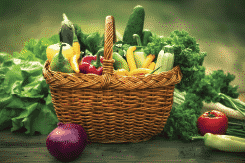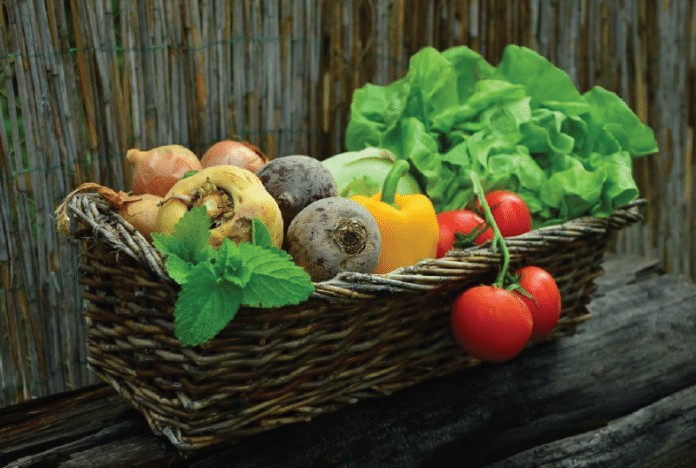Table of Content
As the day’s get shorter, weather gets colder and we head into the holiday season we are entering the time of year where physical activity tends to fall by the wayside and we
gravitate more and more to those comfort foods.
Inevitably, it’s at this juncture where it makes sense to have a discussion about portion balance, which is an increasingly hot topic around this time of year.
Understanding what portion balance is and learning how to practice it, is an important step towards a healthier lifestyle.
Although all foods can fit into a healthy diet, it would be silly to deny that certain foods play a much bigger role in contributing to our good health than do others.
So what is Portion Balance?
As a dietitian who has worked with a wide variety of individuals, I think it’s pretty fair to say that many Canadians could benefit from incorporating the foods we know to be the best for our health in larger amounts while being a bit more mindful
about the portions of foods that aren’t quite as nutritious. That’s not to say there isn’t a place for these fun foods in our diet! There certainly is rather, it would be ideal if they did not represent the most significant portion of your daily diet.
So where we are going with this? Well, let’s think about a tool as simple as the plate model, in this case the one provided by the good folks at the Harvard School of Public Health, to get a clearer idea of what portion balance is all about.
Their model tells us that the most significant portion of our meal should come from the most nutrient dense foods, which are vegetables, with the rest being made up of all the other stuff like protein, fruit and carbohydrate rich grains like rice.
The plate model is a really simple way to help anyone understand that we can fit all of our favorite foods into our daily diet, but also that we should focus most on the foods
that are the healthiest for us.
Now although this concept is not a complex or even a surprising one, it obviously is easier said than done. That’s pretty much exactly why organizations ranging from government to industry to the retailers themselves are investing millions in public education, research and innovation to help consumers have more and better options when it comes to
food selection.

Portion Balance… is #trending
When we look at Health Canada’s data from the most recent
Canadian Community Health Survey, it’s clear that there is a
very specific group of foods that are not found in the traditional food guide that many Canadians gravitate towards. These
include: beer, fruit drinks, pop, chips & chocolate.
These foods share one very important thing in common however their serving sizes can vary widely.
Think a small square of wrapped chocolate versus a large candy bar, or a mini can of soda versus a larger can or bottle. I think it’s safe to say that the influx of products in smaller
portion sizes is no coincidence.
As we move on from the “supersize era” everyone from the everyday person to the food industry executive has come to realize that there is a need for product offerings that support the public’s portion balance goals.
It’s is given to the large body of evidence suggesting that when portion sizes go up, so does overall caloric intake, which could result in higher intakes of nutrients that many of
us simply don’t need more of, including: added sugars, saturated fat and sodium.
Even The World Health Organization recommends that keeping free sugar intake to under 10% of total calories is beneficial for human health.
So what can we do to improve our portion balance?
The Dietitians of Canada note that people are best served by avoiding the regular consumption of foods that are high in sugar, salt and fat but rather to enjoy these foods in moderation and in smaller portions.
That’s just a fancy way of saying that it’s okay to enjoy your favorite fun foods, just as long as they don’t make up the biggest part of your diet!
Take a look at this 3-step process I put together to help you think more clearly about portion balance:
1. First and foremost, acknowledge that foods such as soda, chips, and chocolate are items you consume to enjoy rather than for their nutritional value, which is completely acceptable. We are human, after all!
2. Second, acknowledge that the essence of portion balance is that the most nutrient dense foods (such as fruits, veggies, nuts, seeds) should always represent the majority of your
overall intake. Which means if you’re having a lot more veggies than chocolate, you are in a great place!
3.Finally, putting points 1 and 2 together, you can achieve both the satisfaction of eating the foods you love, and improve your overall portion balance, by taking advantage of
the fact that your favorite products are becoming increasingly available in a wide variety of serving sizes that make it much easier for you to strive towards a healthy, balanced diet that still includes the foods you love.


